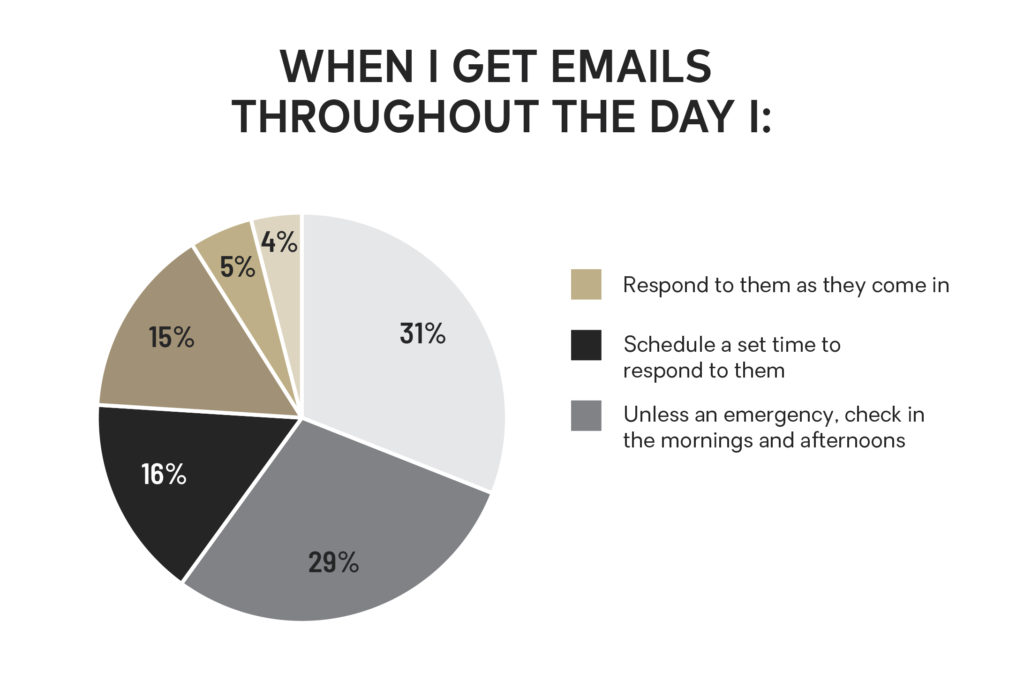Have you ever had a day where you felt extremely productive and without warning, you somehow found yourself swimming in a pool of emails? Before you know it, your hopes and dreams of ending your workday a few minutes early to get home to take the kids to the park before dinner has disappeared before your eyes. What do you do when you have things scheduled that you want to do but, something you have to do suddenly overwhelms your day?
This phenomenon is something we’ve all experienced. In most cases, email is essential to our daily workflow. It’s the primary way most people communicate in business. The challenge lies where responding to emails becomes something reactive to versus something we schedule a specific time for.
In episode 6 of The Relentless, Kim Scott shares how responding to reactive things in your day can become distractions and take time away from the things you actually want to do. Your days are filled with scheduled meetings, appointments, and phone calls but have you ever considered scheduling in a time to dedicate to the reactive things?
We surveyed a group of professionals and we asked them how they handle managing the task of responding to emails. 83%* of those we surveyed said they respond to them re-actively. Responding re-actively means stopping your current workflow to respond to them, as they arrive in your inbox. While we may not have the ability control the things that require our attention each day, we are in control of how and when we respond to them. We can decide the flow of our day by placing boundaries and disciplines around the time we give to reactive things that require attention.

Kim introduced a unique perspective on how to overcome the challenge of responding to reactive things.
“Think about how much time you want to give every day to the reactive stuff, to social media, to email, to all of these interruptive things that we have in our life. And just turn it off the rest of the time. Give it the time you want to give it, but don’t give it more time.”
– Kim Scott, Episode 6 of The Relentless
By implementing Kim’s strategy, setting aside a dedicated time to address those tasks will give you more control of your day. When developing your schedule, decide which time of day you’d prefer to work on reactive tasks. Perhaps your most productive time is first thing in the morning when you arrive to the office. Maybe you hit your productive stride at the end of your day. Knowing your productive hour, you can create a hard start and hard stop time.
Challenge yourself, this week, to incorporate an hour or two into your schedule your reactive tasks. Sticking to this schedule will prevent reactive tasks from taking over your day, allowing you more time to focus on the things you want to do. You can hear more from this episode by visiting our website.
Join the conversation. #century21pod
*Workplace Survey, October 2019





